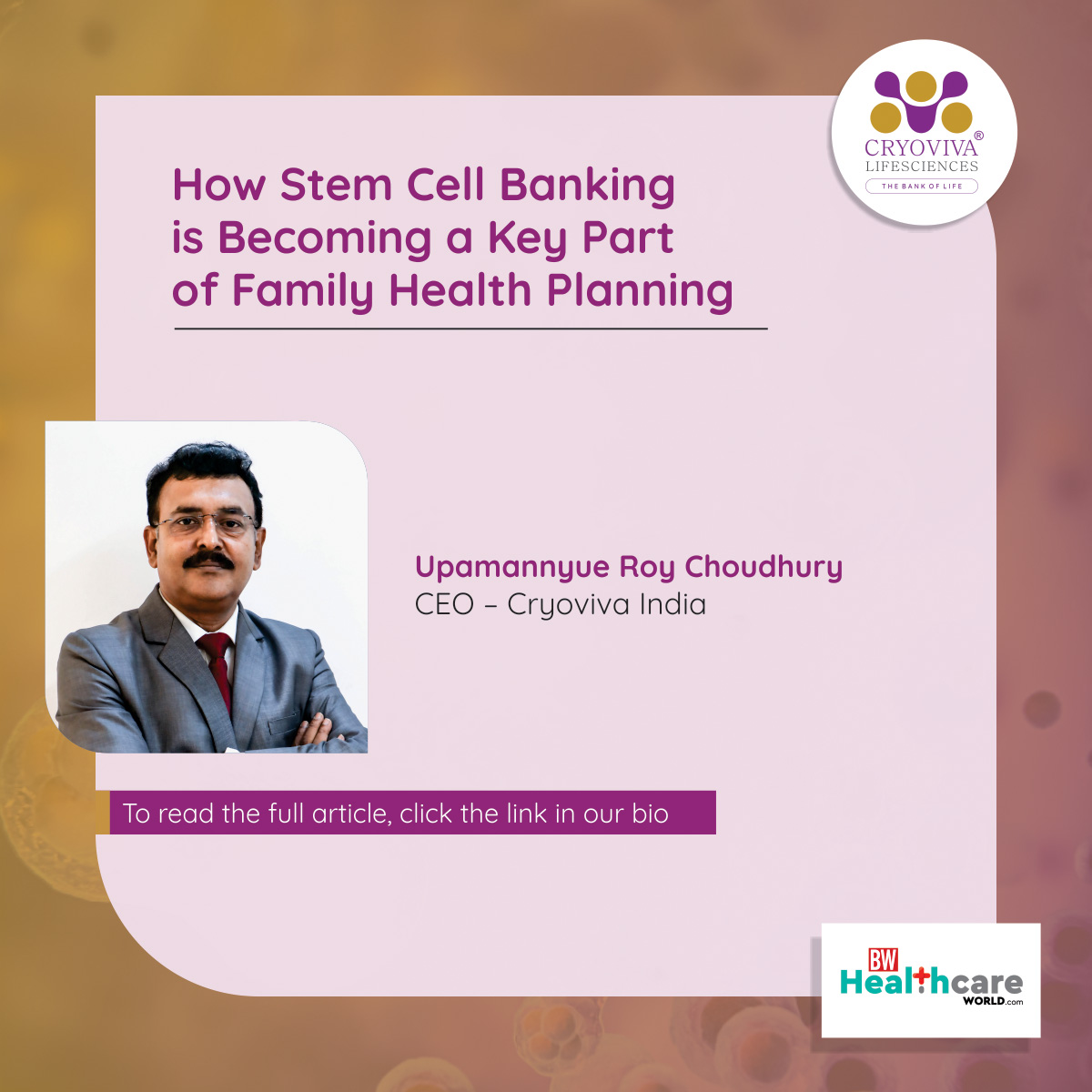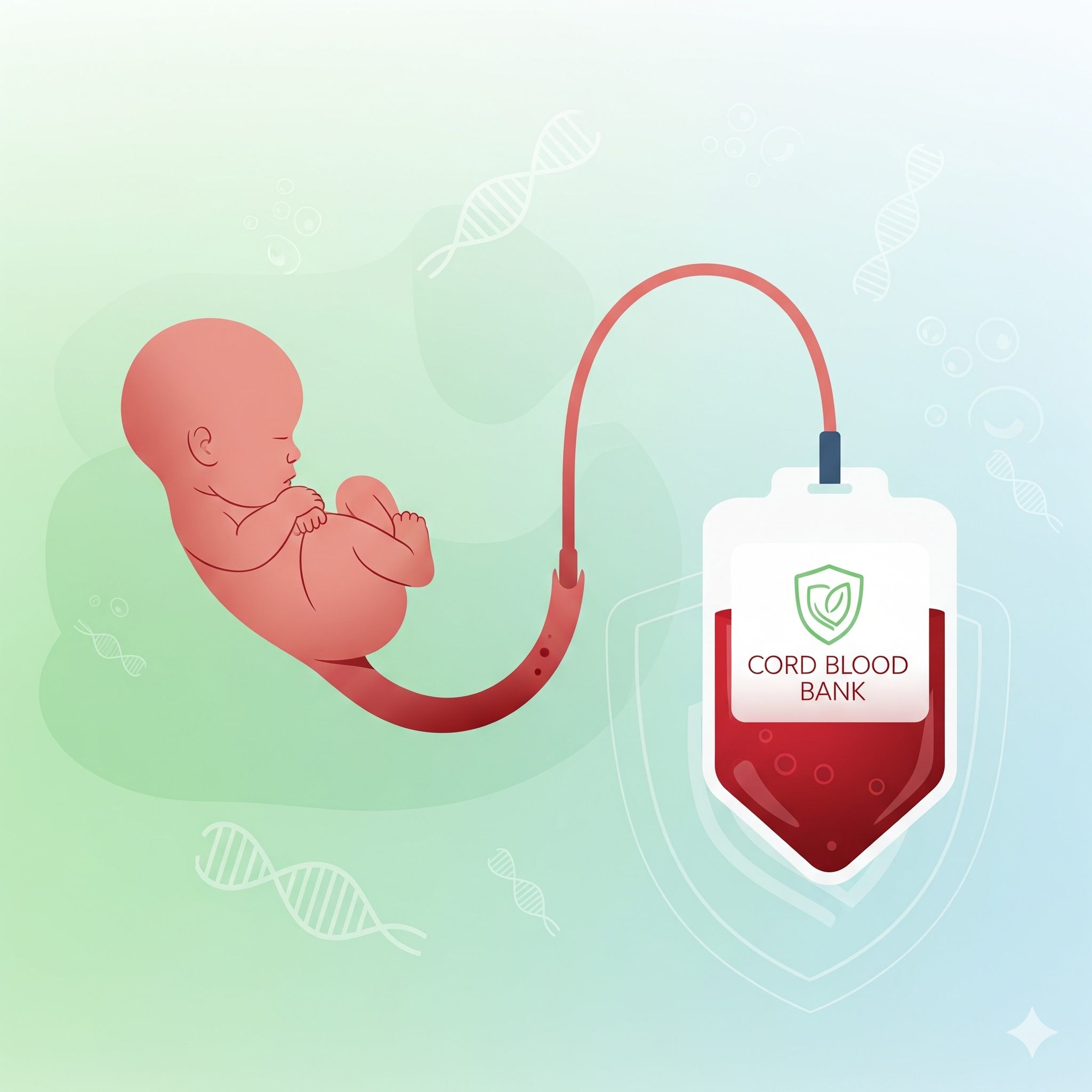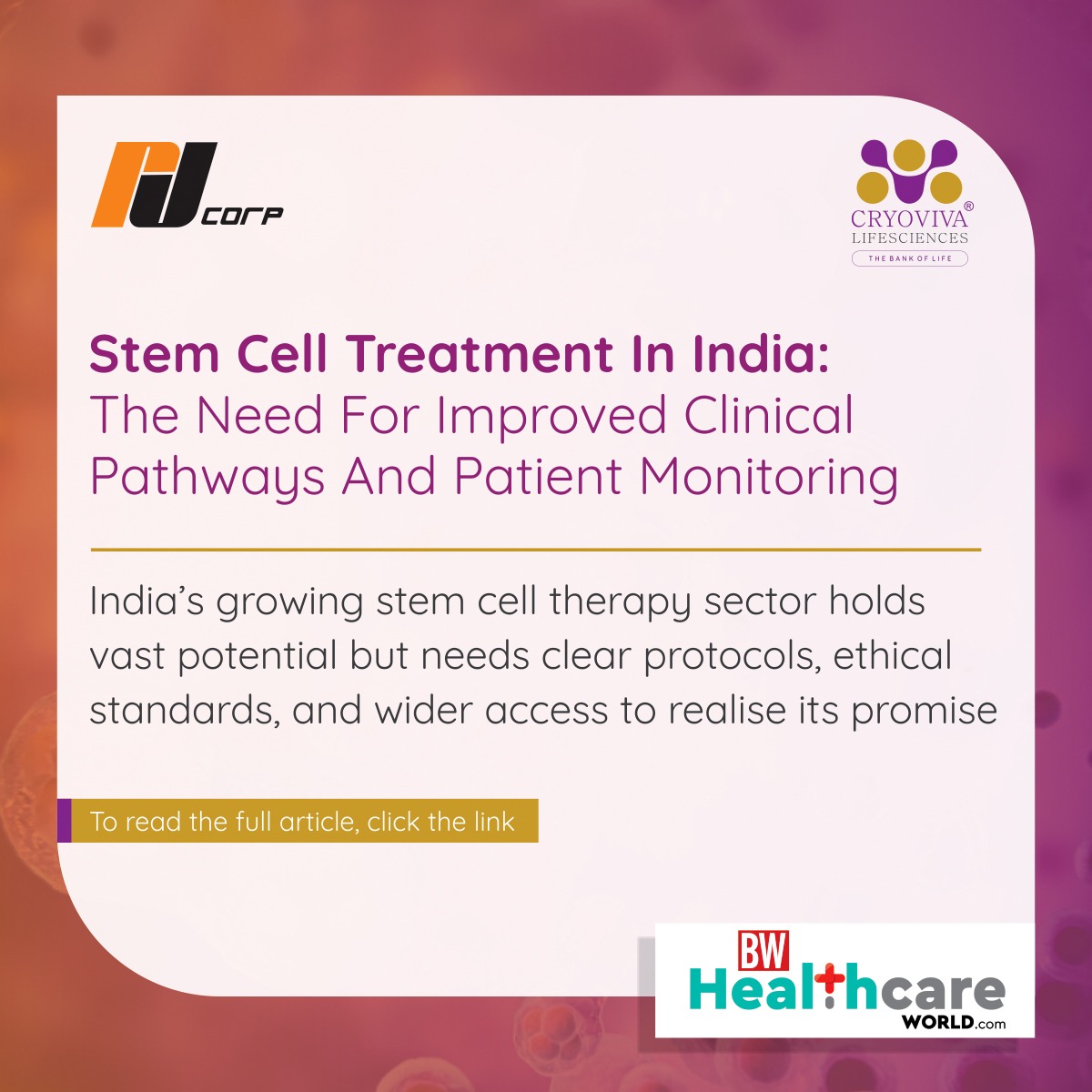How Stem Cell Banking Is Becoming A Key Part Of Family Health Planning

Author: Upamannyue Roy Choudhury
In the last decade, the concept of stem cell banking has shifted from a specialised medical service to a mainstream option for many expectant couples in India. Growing awareness, updated medical research, and rising aspirations of families to be ready to tackle medical uncertainties have all played their part in this migration.
Stem cells, and specifically those in umbilical cord blood, possess an extraordinary capacity to renew themselves and repair damaged tissue. Their use to treat conditions such as leukaemia, thalassemia, sickle cell anaemia, and some immune disorders is well documented, including some recent encouraging meta-analytic research data on conditions such as cerebral palsy, diabetes, autism and even spinal injuries. For young parents, their preservation at birth provides a kind of biological insurance that may one day be lifesaving.
Parents today are more research-oriented, medically aware, and health-forward-thinking about long-term health. This new way of thinking is demonstrated by their openness to investigate preventive healthcare procedures that were not considered a generation earlier.
Discussion of stem cell preservation is no longer confined to urban elite circles. With better online access and increasing interest from healthcare providers, expectant parents, even in Tier 2 and Tier 3 cities, are acknowledging as well as considering availing the service. Antenatal and Garbhsanskar workshops, maternity hospital initiatives, and online parenting forums are also performing a key role in creating awareness.
What was previously thought to be a discretionary add-on is now more and more included in the standard birth plan checklist of most couples.
Real-World Impact: A Sibling's Gift
The emotional aspect of stem cell banking usually comes alive through anecdote. Consider, for example, the situation of a couple whose second child's cord blood stem cells were stored upon birth. Their elder child was diagnosed with a rare blood disease that necessitated a bone marrow transplant exactly one year later. Happily, the saved stem cells proved compatible, and now the elder sibling is recovering well after effective treatment.
These kinds of cases take the idea out of the hypothetical and into real, practical life. They remind us that stem cell banking may not ensure a cure but can give us a life-saving head start during an emergency.
The Evolution of the Ecosystem
India's stem cell banking industry has grown significantly since its inception. Earlier issues, limited awareness, exorbitant prices, and regulatory ambiguities have been addressed, and the industry now has a more organised and trustworthy character.
Stem cell banking in India has not only evolved with technology. Still, it has also provided the family members with an option of storing the cord blood stem cells under a unique concept of “Social Banking”, where the entire immediate family members have an option to retrieve stem cells for their ailments. The storage period is also extended for 75 years.
Advances in technology for processing, testing, and long-term cryogenic storage have enhanced the safety as well as efficiency of stem cell preservation. State-of-the-art facilities in India now have automated, internationally accredited procedures and employ stringent quality controls.
The industry has witnessed increasing adherence to international protocols, such as accreditations from organisations like AABB and CAP. These standards have increased consumer trust and compel providers to ensure uniform, moral practices.
Healthcare Partnerships and Institutional Interest
Aside from individual families, the healthcare ecosystem as a whole is contributing to raising awareness. Maternity hospitals, paediatricians, and gynaecologists are increasingly incorporating cord blood banking discussions within patient consultations. Fertility clinics are also engaging in these conversations, particularly in advising first-time parents who are about to deliver about their precious baby’s newer medical alternatives.
Interestingly, some pioneering corporate employers have begun to offer stem cell banking as an inclusion under maternity or parental health benefits. This represents a most welcome trend toward preventive care as a shared responsibility—not only for individuals, but for institutions and workplaces as well.
Although these alliances are in their nascent stages, they represent a changing perception: that safeguarding the future health of families can—and should—be integrated into comprehensive wellness planning.
Taking an Informed Decision
Stem cell banking is a highly individualised choice, and as with any medical decision, it must be informed by transparent, easy-to-understand information. Although cost, availability, and personal priorities can affect the decision, increasing awareness and better outreach are allowing greater numbers of parents to grasp its possibility.
They also deserve to be informed about quality standards, storage conditions, usage rights, and retrieval procedures. The more the industry emphasises education over persuasion, the more trust it can build with families.
India stands at a promising juncture in the stem cell banking journey. The science is solid, the infrastructure is on the upgrade, and most importantly, parents are posing the correct questions. With ongoing research and public awareness, we may soon witness stem cell conservation as a standard element of preventive medicine.
At its essence, stem cell banking is hope. It's about setting ourselves up for a future that we cannot anticipate, with tools made accessible by science. And with increasingly more families making this decision, not out of fear, but of educated trust, it indicates a fundamental cultural transition: towards owning our health paths, from the very first day of our lives.
Article Source: https://www.bwhealthcareworld.com/article/how-stem-cell-banking-is-becoming-a-key-part-of-family-health-planning-561446






 Enquiry
Enquiry
 Email
Email Phone
Phone
 Whatsapp
Whatsapp